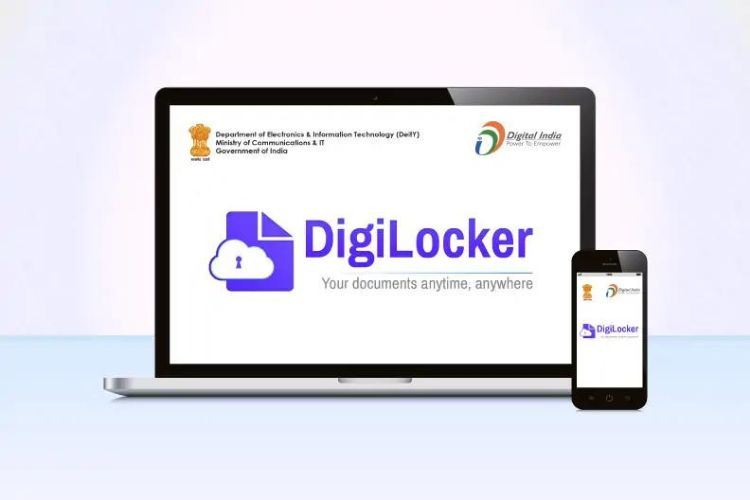The Public Provident Fund (PPF) is a one-of-a-kind investment instrument that allows you to earn interest on your money, and save tax at the same time. It was started all the way back in 1968 by the National Savings Institute of the Ministry of Finance. It has since gone from strength to strength and helped people mobilize their savings, accumulate substantial capital, and get incredible tax benefits.
Benefits of Investing in a PPF Scheme:
There are quite a few reasons why investing in a PPF scheme makes sense, especially if you’re a salaried individual. The key benefits of this investment vehicle include:
- It is exempt from tax
No matter how you earn through investing in stocks, bonds, exchange-traded funds (ETFs), or mutual funds, you’ll have to pay taxes. There’s no hiding from it, and it can get frustrating as an investor. The PPF is a worthy option to consider as the investment amount and the interest earned are both exempt from tax. This is because PPF is classified under the category of exempt-exempt-exempt (EEE) tax status.
- Your money is safe
Security is hard to come by in most types of investment vehicles. Stocks and mutual funds offer good returns, but your money is always vulnerable and might get whipped in a single day of trading. This is not the case as far as PPF is concerned, as it is governed by none other than the Government of India. The Government Savings Banks Act of 1873 protects your money under all circumstances. The government, in fact, pays the interest on a PPF account.
- PPF is a flexible investment scheme
Unlike most other investment instruments, PPF is highly flexible and allows you to invest the way you want. You can start investing in PPF with as little as ₹500, while the upper limit has also been capped at ₹1,50,000. Whatever amount you invest, you will earn interest, which is dependent on the interest rate for that quarter. Currently, it stands at 7.1% per annum.
- You can take a loan on your PPF investment
This is a unique feature that makes PPF incredibly appealing. You can take out a loan on your PPF account from the third financial year till the end of the sixth financial year. The loan amount will depend on the money deposited in your PPF account, while its interest rate keeps changing regularly. As of now, it stands at 1%.
- You have the option to partially withdraw funds
While PPF is basically a long-term investment scheme, it has provisions in place to ensure that you can withdraw some funds from it in order to deal with an emergency situation. You can use the partial withdrawal option and take out a certain amount from your PPF account. However, to do so, you must have completed at least six years of investing.
- You can choose your tenure
After completing the 15-year period, you have the option to remove your entire money or extend the tenure for five years.
Who can invest in PPF?
Every Indian citizen, including minors, have access to investing in PPF. Non-resident Indians (NRIs) and Hindu Undivided Family (HUFs) do not have this facility.
What is the PPF account eligibility for minors?
Minors have the right to open a PPF account. However, they must meet a few basic requirements, which include:
- They must be citizens of India.
- Their account has to be operated by their legal parent or guardian.
- Grandparents aren’t allowed to operate the PPF account unless they are the legal guardian.
- They must register a nominee before opening the account.
What documents are required for opening a PPF account for minors?
Minors can open a PPF account by simply visiting the nearest post office, nationalized bank, or private bank. The process can be completed online as well. The mandatory documents that they must carry are:
- The account opening form with all the details of the minor as well as the guardian.
- KYC documents, like Passport, PAN Card, Voter’s Identity Card, and Aadhaar Card, of the guardian.
- A document that has the minor’s age mentioned on it. Birth Certificate and the Aadhar Card are both doable.
- A cheque having an amount of ₹500 or above. This is the first contribution towards the PPF account.
Is investment in PPF tax-free for minors as well?
Yes, absolutely! Section 80C of the Income Tax Act states that the amount invested in a PPF account, and the interest it generates, are both exempt from tax-free. Parents or guardians must, however, note that only one PPF account (either theirs or the minors’) is allowed to avail a tax deduction limit of Rs. 1.5 lakh annually.
Few more things know about opening a PPF account for minors
Now that we’re clear with the basics, here are a few more things to know before opening a PPF account for minors.
- A minor’s PPF account is pretty much the same as an adult’s PPF account, with regards to the investment amount. The minimum amount is set at ₹500 for a financial year, while the maximum is capped at ₹1,50,000. The latter, however, includes contributions made towards both the minor’s account as well as the guardian’s own PPF account, if there is any. That means that the parent/guardian can invest a maximum of ₹1,50,000 combined in both his/her PPF account and the minor’s account.
- Contributions made towards the PPF account of a minor is exempt from tax. This is a useful feature that can help parents/guardians save extra money.
- After the minor turns 18, he/she should mandatorily take control of his/her PPF account. The parent/guardian, who had been operating the account, should transfer the account by submitting the application, along with the required paperwork.
- The parent/guardian is allowed to, however, close the minor’s account in exceptional situations, like a medical emergency or higher education. The criteria for that, though, is that the PPF account must have been active for five years.
- Partial withdrawals and loans against the minor’s PPF account are also applicable, although the parent/guardian must show proof that the money will be used for the minor’s benefit.









